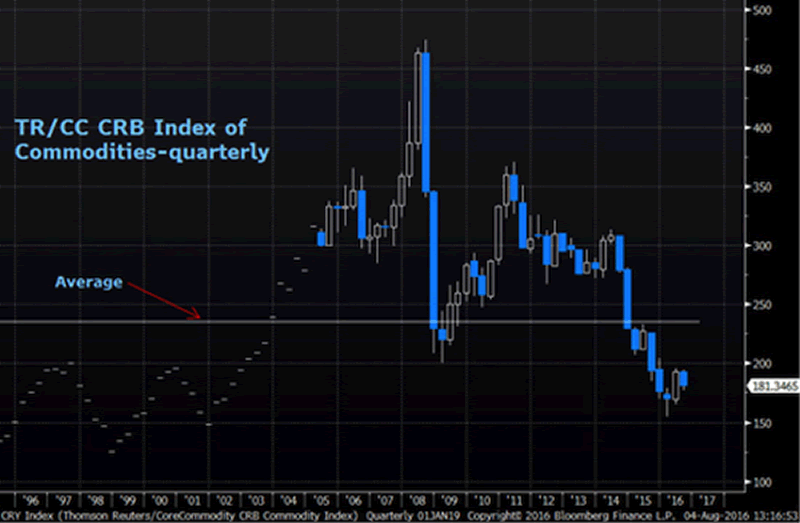

Other niche players are also trading new commodities such as biofuels and carbon certificates.

New, independent companies are trading power and gas as a service for smaller-scale producers or buyers. Oil and gas companies are developing power and carbon emissions trading desks, increasing competition with utilities. Energy companies are also expanding across multiple commodities. For example, big industrial companies that purchase large volumes of power and gas are setting up trading desks to procure these products directly on wholesale markets. These commodities, while initially traded on a bilateral basis, very quickly evolve into over-the-counter (OTC) trading markets with limited liquidity that require strong price risk management.Īt the same time, commodity trading has become much more competitive. Third, markets are more and more automated day-ahead and intraday power and gas trades are increasingly the result of automated algorithms rather than human intervention, employing similar techniques used in equity and fixed-income markets.įourth, the energy and wider environmental transition is giving rise to new commodities (for example, biofuels, renewables guarantees of origin certificates, lithium, and cobalt). As a result, companies are rolling out new intraday trading teams and algorithmic models to cope with this new market structure. Second, markets are trading in real time more than ever for example, power and gas can now trade in slots of only 10 minutes in a number countries compared with daily a few years ago.

Similarly, European power and gas trading hubs are increasingly correlated from north to south and west to east, progressively transforming what used to be to a collection of local trading hubs into a more regional market. For example, LNG prices are increasingly connecting major global gas markets to each other 1. They face four big fundamental changes in the markets.įirst, energy markets in particular are becoming more globally interconnected. But energy and commodities companies, including utilities, industrial firms, and trading houses, are now dealing with higher frequency of extreme events. Volatility is normal in commodities markets. In Germany, increasing supply of prioritized renewable energy has led to a surge in hours of power supply at extremely low prices, from about 200 hours with prices below €5 per MWh in 2016 to about 600 hours in 2020.In Asia, liquefied natural gas (LNG) prices reached about $20 per million British thermal units (MMBTU) in January 2021, a record, compared with a 2020 average of about $6 per MMBTU, prompting large Asian buyers to explore new long-term contracts to avoid overexposure to the volatile spot market.The cost of renting tankers from the Middle East to Asia also rose by up to 47 percent within three days, with ships immobilized or taking longer trade routes. The grounding of a giant container ship in the Suez Canal produced a 6 percent jump in daily oil prices.A snowstorm spurred dramatic price spikes in electricity in Texas in February, with clearing prices up to $9,000 per megawatt-hour (MWh) for three days, more than 300 times the average February price of $21 to $27 per MWh.June 2, 2021Commodity traders crave volatile markets, and they’ve had their fair share of them recently:


 0 kommentar(er)
0 kommentar(er)
